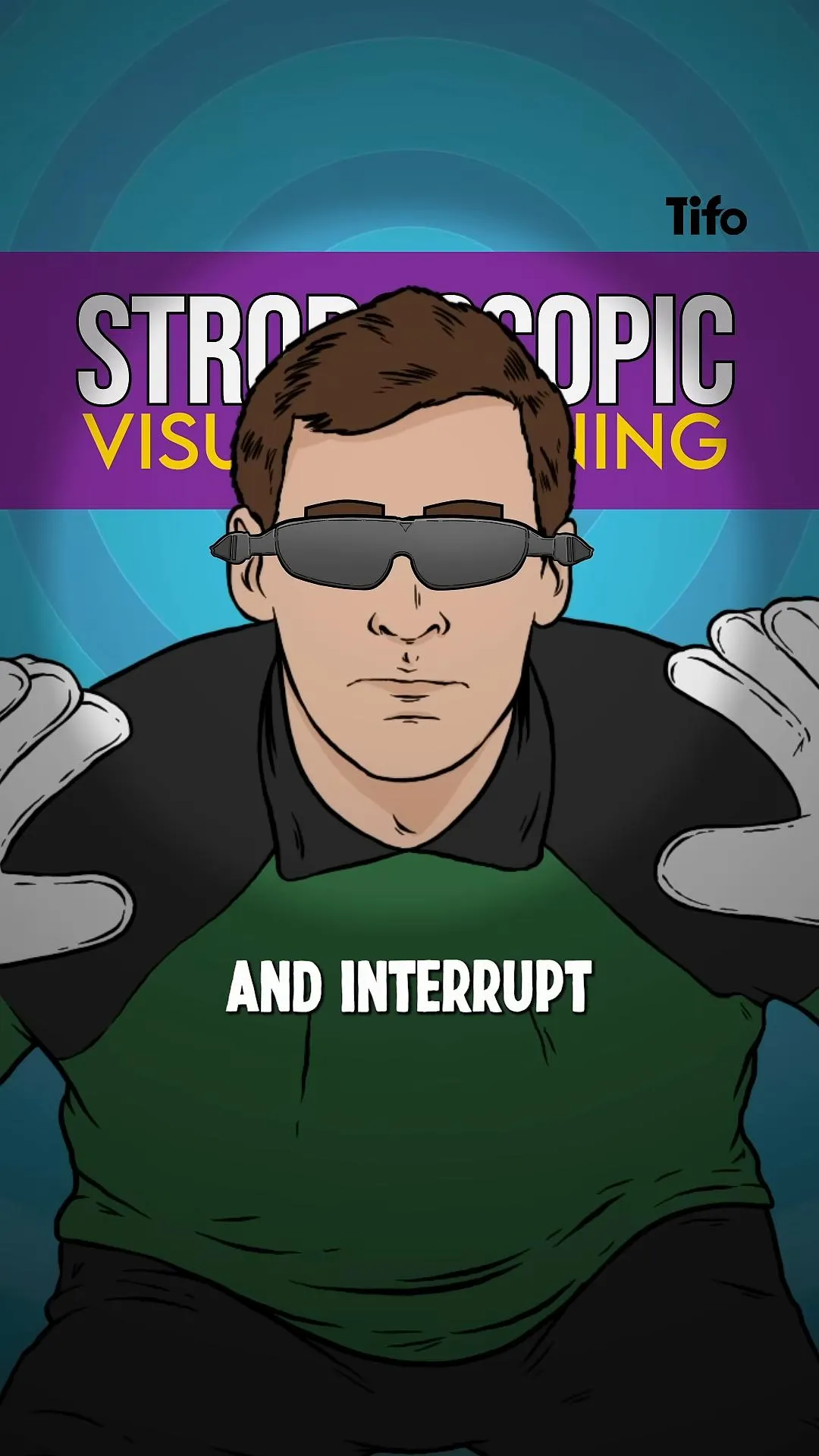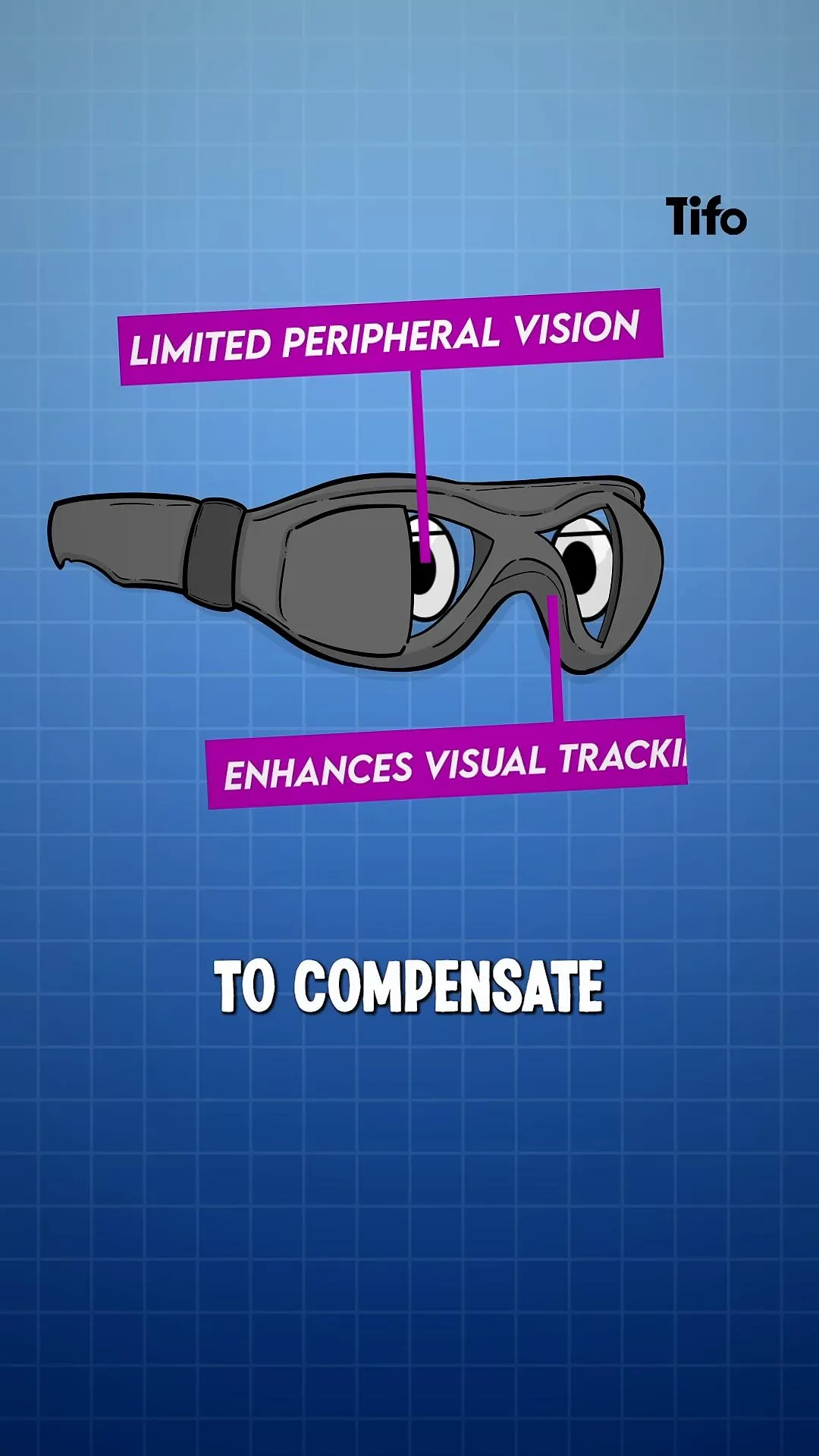Goalkeepers training techniques have evolved significantly, introducing groundbreaking methods that enhance performance on the field. Have you ever wondered how professional goalkeepers improve their reflexes and decision-making skills? What innovative practices are being integrated into training sessions today? The answers lie in advanced training tools and methods designed to refine their skills. From strobe goggles to visual tracking exercises, these techniques are making a substantial difference in how goalkeepers perform under pressure. Let’s dive into the fascinating world of goalkeeper training and discover the secrets behind their success.
Goalkeepers Training Techniques: The Role of Vision and Reaction
One of the most exciting goalkeepers training techniques recently adopted by professional teams involves the use of specialized goggles. During pre-season training, fans observed Liverpool’s goalkeepers donning these unique goggles. But what exactly do they do? The goggles are designed to limit peripheral vision, compelling keepers to enhance their visual tracking of the ball while relying more on audio cues. This innovative approach aims to improve players’ reactions, hand-eye coordination, and overall technical skills.
Stroboscopic Visual Training: A Game Changer
Additionally, during the Euro 2024 tournament, Switzerland’s goalkeepers, Greg Coble and Yann Sommer, were seen using a different kind of goggle that produced a strobe effect. This technique, known as stroboscopic visual training, restricts and interrupts the visual information the keepers receive. The goal is simple: when the goggles are removed, the keepers experience improved brain processing speeds and enhanced performance. This method is not only limited to football but has found applications in various sports where reaction time is crucial.
How Strobe Training Enhances Performance
Understanding the Science Behind Strobe Goggles
The stroboscopic training method works by creating a visual environment that simulates the unpredictability of a game. When goalkeepers wear these goggles, their brain is forced to adapt to intermittent visual input. This training enhances their ability to react quickly and accurately when faced with real-game situations. The primary benefits include:
- Improved reaction times
- Better hand-eye coordination
- Enhanced decision-making skills
- Increased focus and concentration
Practical Applications of Goalkeepers Training Techniques
Many clubs and training academies are now incorporating these techniques into their programs. For example, sessions may include:
- Drills using strobe goggles to simulate game conditions
- Exercises focused on visual tracking of moving balls
- Audio-cue drills to enhance auditory processing skills
These practices not only prepare goalkeepers for the physical demands of their position but also sharpen their mental acuity, allowing them to make split-second decisions during matches.

Benefits of Advanced Goalkeepers Training Techniques
Implementing these innovative goalkeepers training techniques can yield remarkable benefits. The integration of both visual and auditory training helps keepers become more adaptable and responsive. This adaptation is crucial in high-pressure situations where every millisecond counts. Let’s explore some of these benefits in more detail.
Enhanced Performance Under Pressure
Goalkeepers often face intense pressure during matches, making it essential for them to maintain composure and focus. The training techniques that emphasize visual tracking and auditory cues prepare them to handle stressful situations more effectively. As a result, they can:
- Read the game better and anticipate plays
- React swiftly to unpredictable ball movements
- Make accurate saves and decisions
Real-World Examples of Effective Training
Many professional teams worldwide are adopting these techniques. For instance, clubs in Europe and the United States have reported improved performance from their goalkeepers after implementing stroboscopic training methods. Goalkeepers who train with these techniques can often outperform their peers who rely on traditional training methods alone.
Case Study: Liverpool FC’s Training Innovations
Liverpool FC serves as an excellent example of how goalkeepers training techniques can revolutionize a player’s performance. The club’s use of visual training aids has led to noticeable improvements in goalkeepers’ performances during critical matches. As they adapt to unpredictable situations in practice, they are better equipped to handle the pressures of live play.

Integrating Visual Training Techniques into Your Routine
For aspiring goalkeepers, integrating these advanced training techniques into your routine can lead to significant improvements. Here are some tips for implementation:
Start with Basic Visual Drills
Begin by incorporating simple visual tracking exercises into your training regimen. Focus on:
- Following the ball with your eyes while moving your head
- Practicing saves from various angles while limiting your visual field
- Using a partner to throw or kick balls at varying speeds
Incorporate Strobe Training in Practice Sessions
Once you feel comfortable with basic drills, consider using strobe goggles during practice. Aim for:
- Structured drills that include game-like scenarios
- Regular feedback sessions to assess improvements
Engaging with resources such as this video and community discussions on Reddit can further enhance your understanding of these techniques.
Key Takeaways from Goalkeepers Training Techniques
- Innovative training techniques, such as the use of strobe goggles, can significantly enhance goalkeepers’ reflexes and decision-making skills.
- Visual tracking and auditory cue training are essential for improving performance under pressure.
- Professional clubs are increasingly adopting these methods, leading to measurable improvements in goalkeepers’ performances.
- Aspiring goalkeepers can integrate these techniques into their training routines for better results.
Incorporating advanced goalkeepers training techniques into your practice not only enhances your skills but also prepares you for the challenges of high-level competition. With the right training regimen, you can develop the agility, focus, and mental toughness required to excel in your role as a goalkeeper. The future of goalkeeper training is exciting, and the results speak for themselves; it’s time to embrace these innovations and elevate your game!
